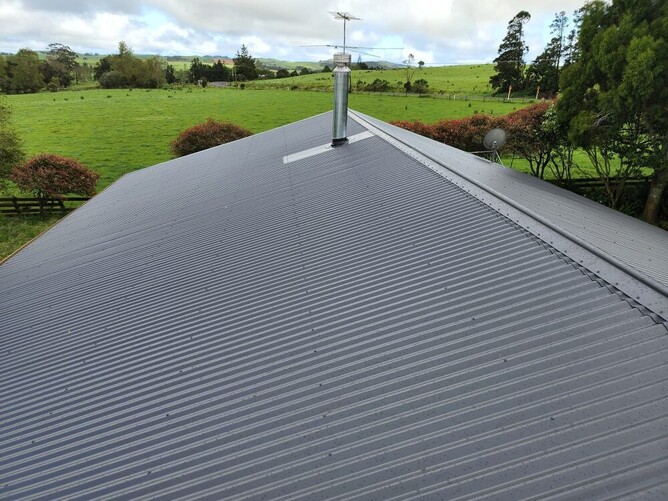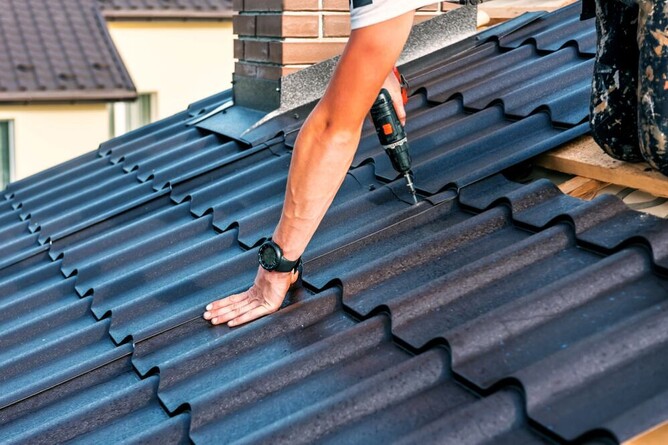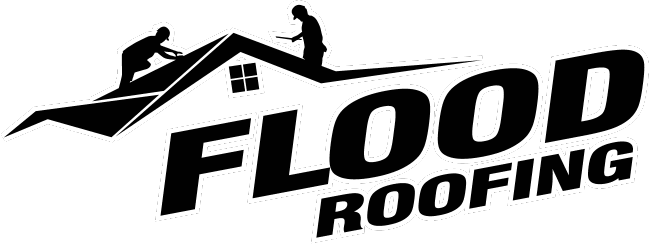As trusted Roofing Specialists Northland homeowners rely on, we're often asked: "How long will my roof actually last?" In New Zealand, roof lifespans vary widely, anywhere from 15 to 50+ years, depending on the material, climate, installation quality, and maintenance.
But here in Northland, where our coastal climate can be tough on buildings, metal roofing remains the top-performing and most durable option for local homes.
At Flood Roofing in Kerikeri, we specialise exclusively in high-quality metal roofing systems, and we've seen firsthand how well they stand up to the region's salty air, heavy rainfall, and humid conditions.
With proper installation and maintenance, a metal roof can last 40 to 70 years, often surpassing many other roofing options in durability and performance.
In this guide, we break down how long your roof can last, why metal roofing excels in Northland's climate, what affects roof longevity, and how to keep your metal roof performing at its best.
How Long Different Roofing Materials Last in New Zealand
While Flood Roofing specialises in metal roofing only, it's helpful for homeowners to understand how other materials compare, especially if you're considering future roof replacement options.
Metal Roofing: 40–70+ years (our specialty)
Metal roofing is by far the most popular and practical choice in Northland. As the Roofing Specialists Northland trusts, we've installed countless metal roofs that continue to deliver exceptional performance decades later.
Coated steel roofing: usually 40–50 years
Premium systems like COLORSTEEL MAXX®, ColorCote®, ARMORSTEEL®, COLORZEN®: built for coastal environments and often achieve 50–70 years of service
Great for Kerikeri and coastal homes due to superior corrosion resistance
Lightweight, low-maintenance, and highly weather-resistant
Because we focus exclusively on metal roofing, our installations are tailored to maximise lifespan in Northland's demanding environment.
Other Roofing Materials (Not Installed by Flood Roofing)
We do not install the following options, but homeowners occasionally ask how they compare.
Concrete & Clay Tiles: 30–50+ years
These materials have served many older homes well, but they're heavier, more fragile, and more maintenance-intensive than metal. Lifespan depends heavily on breakage, moss buildup, and weather exposure.
Asphalt Shingles: 20–30 years
Less common in Northland and not well-suited to high humidity and rainfall. They offer a lower initial cost but require more frequent replacement.
Decromastic / Pressed Metal Tiles: 30–50 years
Older decromastic roofs often degrade faster, particularly if they've been walked on. Newer stone-coated options fare better but still don't match the durability and corrosion resistance of modern long-run metal roofing.
What Affects Your Roof's Lifespan in Northland?
Northland's subtropical climate is beautiful, but it's harsh on roofing materials. As local roofing specialists, we consistently see a few key factors that determine how long a roof truly lasts.
1. Salt Air & Coastal Exposure
Kerikeri and the wider Northland region experience high salt levels in the air, which accelerate corrosion, especially within 500 metres of the shore.
Given Northland's high salt levels, selecting marine-grade options like COLORSTEEL MAXX® and ColorCote® is crucial for optimal corrosion resistance and longevity.
2. Heavy Rainfall & High Humidity
Northland receives more than 1,500mm of rain annually. Humidity encourages:
moss
algae
lichen
Left unchecked, these can trap moisture and reduce roof lifespan, especially on older non-metal materials.
3. Roof Pitch & Drainage
Steeper roofs shed water more effectively, while low-pitch roofs may require more maintenance to prevent debris buildup or water pooling.
4. Installation Quality
A metal roof is only as good as its installation. Incorrect fixings, poor flashing work, and rushed workmanship can reduce lifespan dramatically.
Flood Roofing's team uses industry-best installation methods to ensure every metal roof reaches its full potential.
5. Ongoing Maintenance
Even the best roof needs periodic care. Regular inspections every 2–3 years help you catch minor issues before they escalate.
Warning Signs Your Roof May Need Repair or Replacement
Whether you currently have metal roofing or another material, these signs may indicate it's time for professional attention:
Leaks or Interior Water Stains
Water marks on ceilings or walls often point to roofing failure, particularly after storms like Cyclone Gabrielle.
Rust or Corrosion on Metal Roofing
Small rust patches can be managed, but widespread corrosion on older metal roofs typically means replacement is the smartest choice.
Cracked, Loose, or Missing Tiles
If your home has concrete, clay, or decromastic tiles, breakage is a red flag for ageing materials.
Sagging Rooflines
This can indicate structural damage and requires urgent inspection.
Heavy Moss or Lichen Growth
Especially common on older non-metal roofs, but can also shorten the lifespan of neglected metal roofing if left untreated.
How to Make Your Metal Roof Last Longer in Kerikeri
As trusted Roofing Specialists Northland homeowners rely on, we recommend regular inspections and maintenance to extend your metal roof's lifespan and prevent costly repairs.
1. Schedule Regular Roof Inspections
Scheduling inspections every 2-3 years, especially after storms, helps identify minor issues early and prolongs your roof's lifespan.
This helps catch issues like loose fixings, deteriorating flashings, or emerging rust.
2. Keep Gutters & Downpipes Clear
Clean twice a year, in autumn and spring. Blocked gutters can cause overflows and damage roof edges and fascias.
3. Treat Moss & Algae Early
While metal roofing is highly resistant, moss growth can still occur, especially in shaded areas. Treat every 12–18 months for best results.
4. Fix Minor Issues Before They Become Major
Small problems, like a lifted screw or minor flashing damage, are quick and inexpensive to fix, but costly if ignored.
5. Understand Your Warranty
Premium metal roofing materials come with warranties that require specific maintenance practices. Keeping good records helps protect that warranty.
To Summarise
After decades of serving Kerikeri and the wider Northland region, one thing is clear: metal roofing is the most durable, reliable, and climate-suited roofing option for local homes.
While other materials have their place across New Zealand, metal roofing consistently outperforms them here, especially in our coastal environment.
With an expected lifespan of 40–70 years, minimal maintenance requirements, and excellent resilience to salt air, heavy rain, and humidity, it remains the smart choice for Northland homeowners.
At Flood Roofing, we specialise in providing premium metal roofing solutions built to last. Whether you're replacing an old roof or planning a new build, we're here to ensure your home stays protected for decades to come.
FAQs
Q1. How long does a metal roof last in New Zealand?
A high-quality metal roof typically lasts 40–70 years, depending on the product, installation, and maintenance. In coastal regions like Northland, choosing marine-grade products is essential for maximum lifespan.
Q2. How does Northland's coastal climate affect roof durability?
Salt air accelerates corrosion on exposed metal components. Heavy rainfall and humidity also encourage moss growth. Choosing the right metal roofing product is the best defence.
Q3. What are the signs that I need to replace my roof?
Look for leaks, rust, cracked tiles (if not metal), sagging rooflines, or excessive moss. A professional inspection can confirm whether repair or replacement is needed.
Q4. How often should I have my metal roof inspected?
Every 2–3 years, plus after severe storms. Regular checks keep your roof performing at its best.
Q5. What maintenance helps extend my roof's lifespan?
Keep gutters clear, treat moss, repair small issues promptly, and adhere to your product warranty's maintenance requirements.






